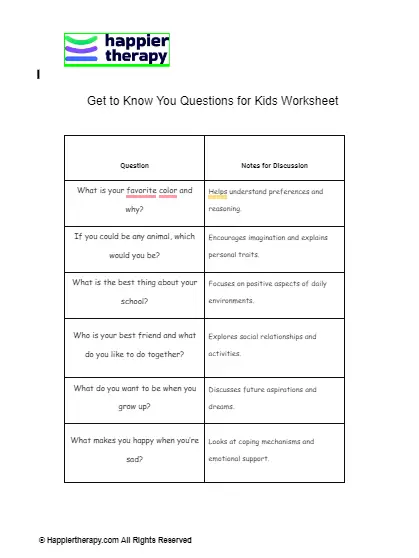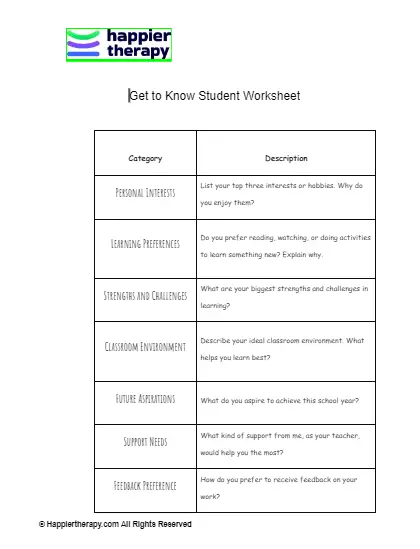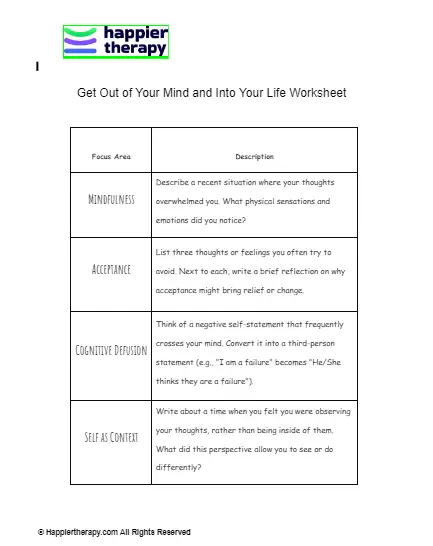Functional Marriage Worksheet
Download Worksheet
Every partnership has the potential for growth and resilience when equipped with effective life skills. This worksheet is your toolkit for effective communication, emotional understanding, and practical solutions. It is designed to make your relationship thrive. Let’s explore together and build a foundation for a lasting and joyful marriage.
Unlock deeper healing — upgrade to Premium now!
Customizable and fillable worksheets
Rights to alter the worksheets
Over 2000 worksheets
Support HappierTherapy
What Are the Theories Behind This Worksheet?
The plan is based on the model of Triple A’s (Awareness, Analyze, and Action Plan) adopted from ‘The Seven Principles for Making Marriage Work’ by John Gottman, an American Psychologist, famous for his expertise on marital therapy, marital success, and failures. Based on thoroughly researched ideas, this work has a scientifically understandable rationale to have a happy and healthy marital life keeping the negative energies from overwhelming the positive ones. Such dynamics require emotional intelligence, the most powerful skill in the 21st century to build and maintain effective relationships.
How Will This Worksheet Help you?
Triple A’s (Awareness, Analysis, and Action Plan) results in effective communication, emotional understanding, and practical solutions.
Limitations & Suggestions: Designed for the use of couples during marital counseling. It requires an understanding of some basic terms like active listening as generally, people are not aware of the true sense of the skill. Also, during a conflicting situation or emotional turmoil, people are often unable to look at the positive side of the picture so, therapists need to discuss the potential terms coving under the criteria and can provide some examples or ask some basic questions to help clients understand what to do while completing this worksheet.
How Should You Use This Worksheet?
Marital counselors, Therapists, and Psychologists can use the worksheet during regular sessions to find the need and time for the effective resolution of issues. In general, not for use in the opening hours but later systematically generating the space to introduce this exercise in the session is recommended.

 By
By


